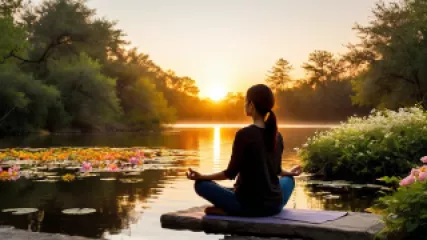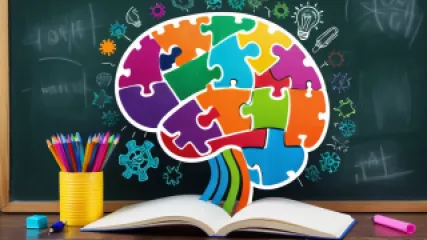Research Insights on Overcoming Fear and Anxiety
1 year ago
Conquering Fears
Step-by-Step Guide to Enhance Concentration and Improve Productivity
1 year ago
Enhancing Concentration
The Benefits of Online Life Coaching: A Research Summary
1 year ago
Life Coaching Advantages
How I Chose Between Self-Help and Professional Help for Mental Health
1 year ago
Self Help vs Professional Help
Effective Meditation Techniques to Relieve Academic Stress
1 year ago
Academic Stress
10 Best Memory Improvement Techniques to Boost Your Brainpower
1 year ago
Memory Improvement
How Positive Thinking Helped Me Conquer My Deepest Fears
1 year ago
Conquering Fears
Effective Communication in Relationships: A Step-by-Step Guide
1 year ago
Improving Relationship Communication
My Journey to Sharper Cognitive Skills
1 year ago
Memory Improvement
How Does Volunteering Impact Your Mood and Self-Esteem?
1 year ago
Impact of Volunteering on Mood
Cultivating Self-Awareness: A Step-by-Step Guide to Becoming a Better Leader
1 year ago
Psychology of Leadership
The Benefits of Eco-Therapy for Mental Well-Being
1 year ago
Eco Therapy
My Life Coaching Journey: Unlocking the Benefits of Personal Transformation
1 year ago
Life Coaching Advantages
Combating Academic Stress: A Cognitive Behavioral Approach
1 year ago
Academic Stress
My Personal Journey to Better Memory Through Memory Improvement Courses
1 year ago
Memory Improvement















